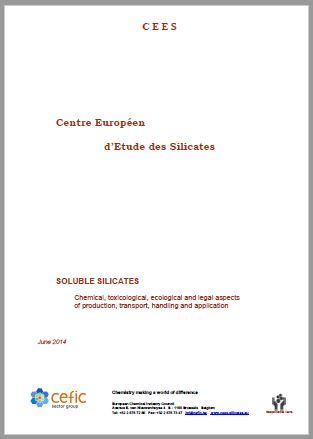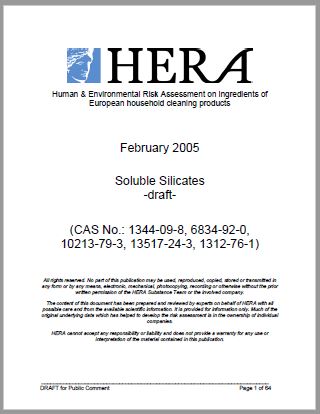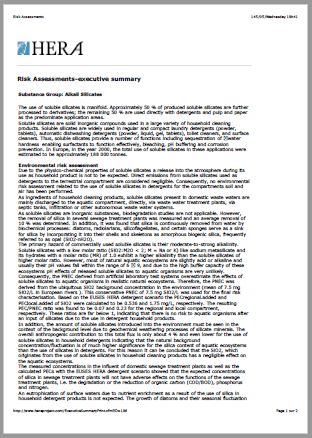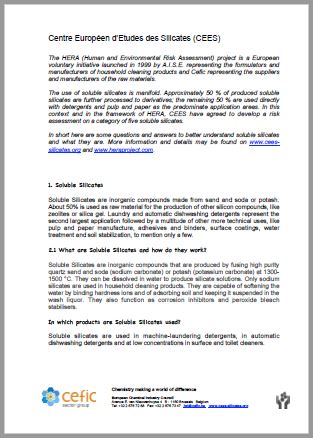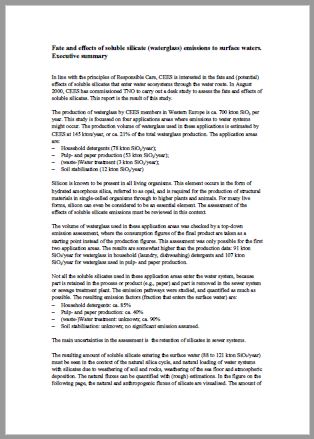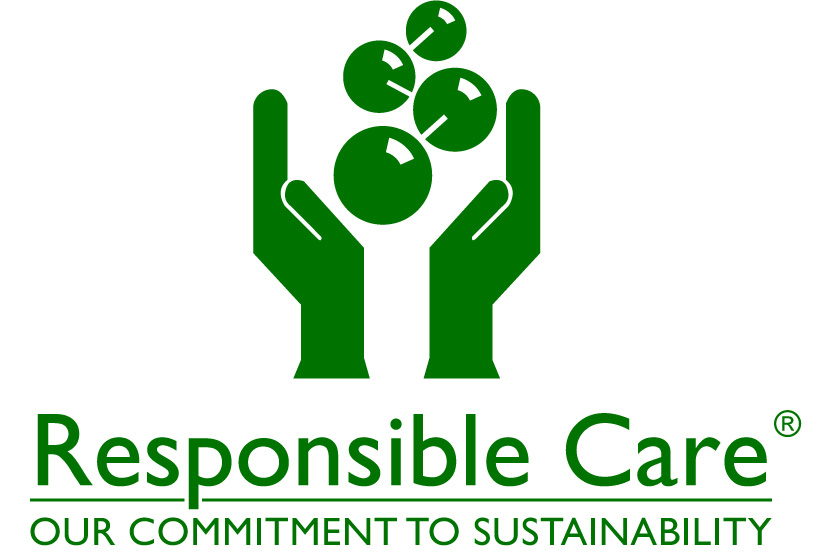Disclaimer: No part of these publications may be reproduced, stored or transmitted without the prior permission of the publishers.
Environmental impact assessment of alkali-activated materials: Examining impacts of variability in constituent production processes and transportation”
Contruction and Building materials 363 (2023) - Anastasija Komkova , Guillaume Haber
The study compares the environmental impacts of blast furnace slag-, fly ash-, and metakaolin-based alkali[1]activated concretes with Portland cement (PC) concretes using life cycle assessment methodology. This paper concludes that taking into account variability in production technologies of precursors and activators, as well as of PC, alkali-activated materials still have lower CO2 eq. emissions than PC concretes.
The members of CEES contributed to the research providing data on sodium silicates production processes.
Soluble Silicates – chemical, toxicological, ecological and legal aspects of production, transport, handling and application
A general, informative synopsis covering all aspects of the handling and application use of soluble silicates to assist end-users across all industry and market sectors to meet all legal and regulatory requirements applicable to the use of silicates.
Regular updates: last one: March 2019
Soluble Silicates - Highly Versatile and Safe, C.H. Baehr, W. Koehl - SÖFW Journal 133, April 2007
CEES has supported and sponsored this article prepared by C.H. Baehr and W. Koehl, which has been recently published in SÖFW Journal. A copy of this article is available here though the full journal may be obtained from the editor: www.sofw.com
HERA Risk Assessment on soluble silicates
The full HERA Risk Assessment or the executive summary can be read directly on the HERA website or downloaded here as PDF files.
Questions and answers to better understand soluble silicates can also be downloaded here as PDF file.
Fate and effects of soluble silicate (waterglass) emissions to surface waters
In line with the principles of Responsible Care, CEES is interested in the fate and (potential) effects of soluble silicates that enter water ecosystems through the water route. In August 2000, CEES has commissioned TNO (Netherlands Organisation for Applied Scientific Research) to carry out a desk study to assess the fate and effects of soluble silicates. This report is the result of this study.
The main conclusion of the report shows that due to the complexity of interacting processes there remain some uncertainties regarding the effects of silicates on water ecosystems. Based on thorough review of literature and on our own investigations and modelling calculation, no significant adverse effects to human health and to ecosystems are to be assumed.
The executive summary can be downloaded directly from our website. Copies of the full report may be requested from TNO, or from the Cefic Secretariat or from any of the supporting CEES members.
TNO
Laan van Westenenk, 501
7300 AH Apeldoorn
The Netherlands
Tel:-+31 55 549 3493
Fax:-+31 55 541 9837
e-mail: This email address is being protected from spambots. You need JavaScript enabled to view it.
Life Cycle Inventories for the Production of Sodium Silicates
For the most common sodium silicate products, which represent more than 90 % of total alkali silicate production, Life Cycle Inventories (LCI) have been prepared on behalf of CEES by EMPA (Swiss Federal Laboratories for Materials Testing and Research), St. Gall in 1997 (EMPA Report No. 241). Copies of the report are available either directly from EMPA, or from the Cefic Secretariat or from any of the supporting CEES members.
These LCI’s give averaged figures (based on measured values) for the consumption of raw materials, water and energy and for emissions to air and water along with solid waste generation for the five most common, commercially available sodium silicate products. Data were supplied by twelve West European silicate producers, all CEES members and were based on 1995 production figures.
A short version of this LCI study highlighting the key findings has been published in the International Journal of Life Cycle Analyses (Int. J LCA 4(4), p.207-212, 1999). Copies can be obtained either directly from the Cefic Secretariat or from any supporting CEES member.
EMPA
Lerchenfeldstr. 5
CH-9014 St. Gallen
Switzerland
Tel:-+41 71 274 7474
Fax:-+41 71 274 7862


